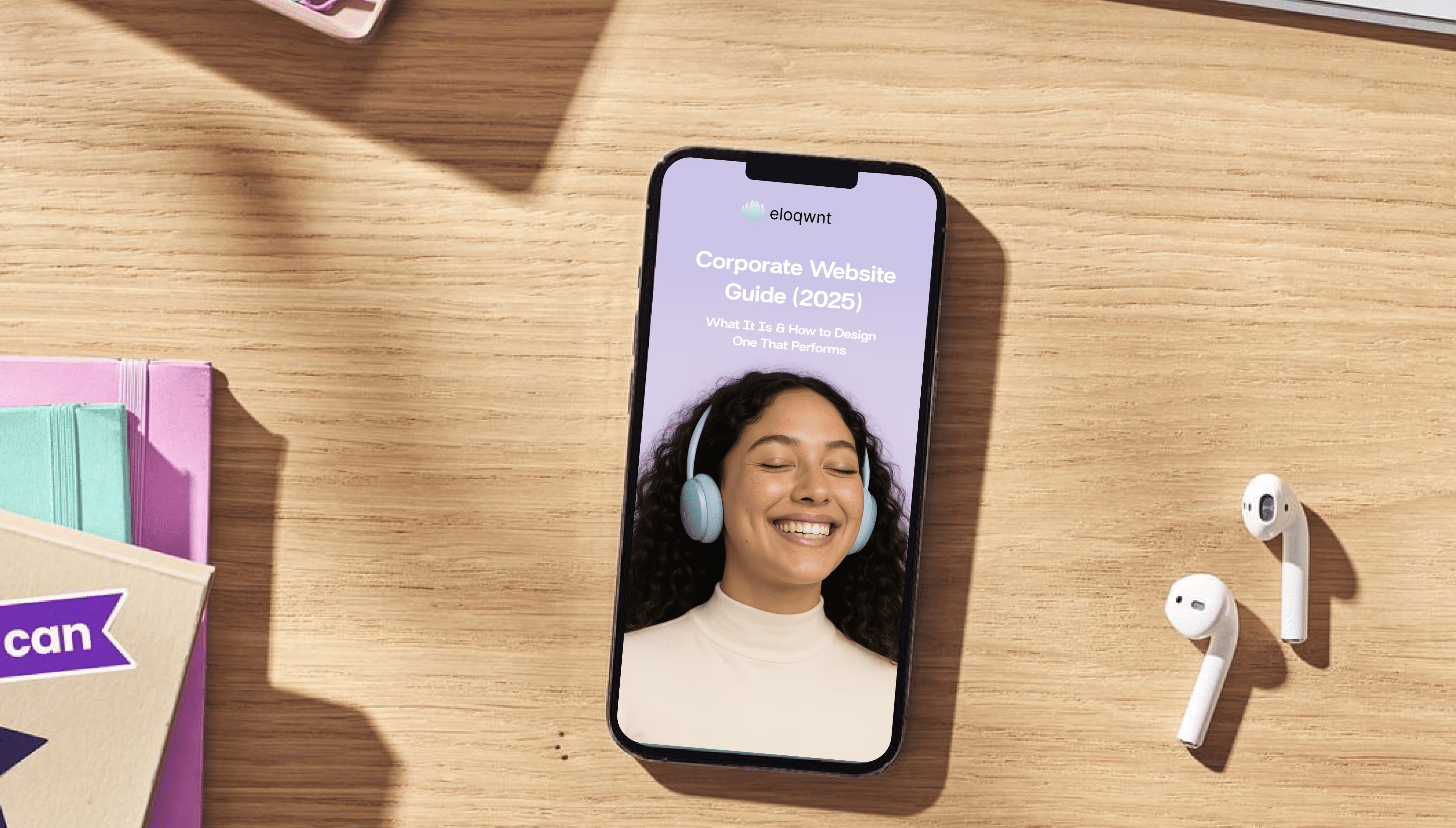Custom Website Design vs Template: Which Is Right for Your Business?
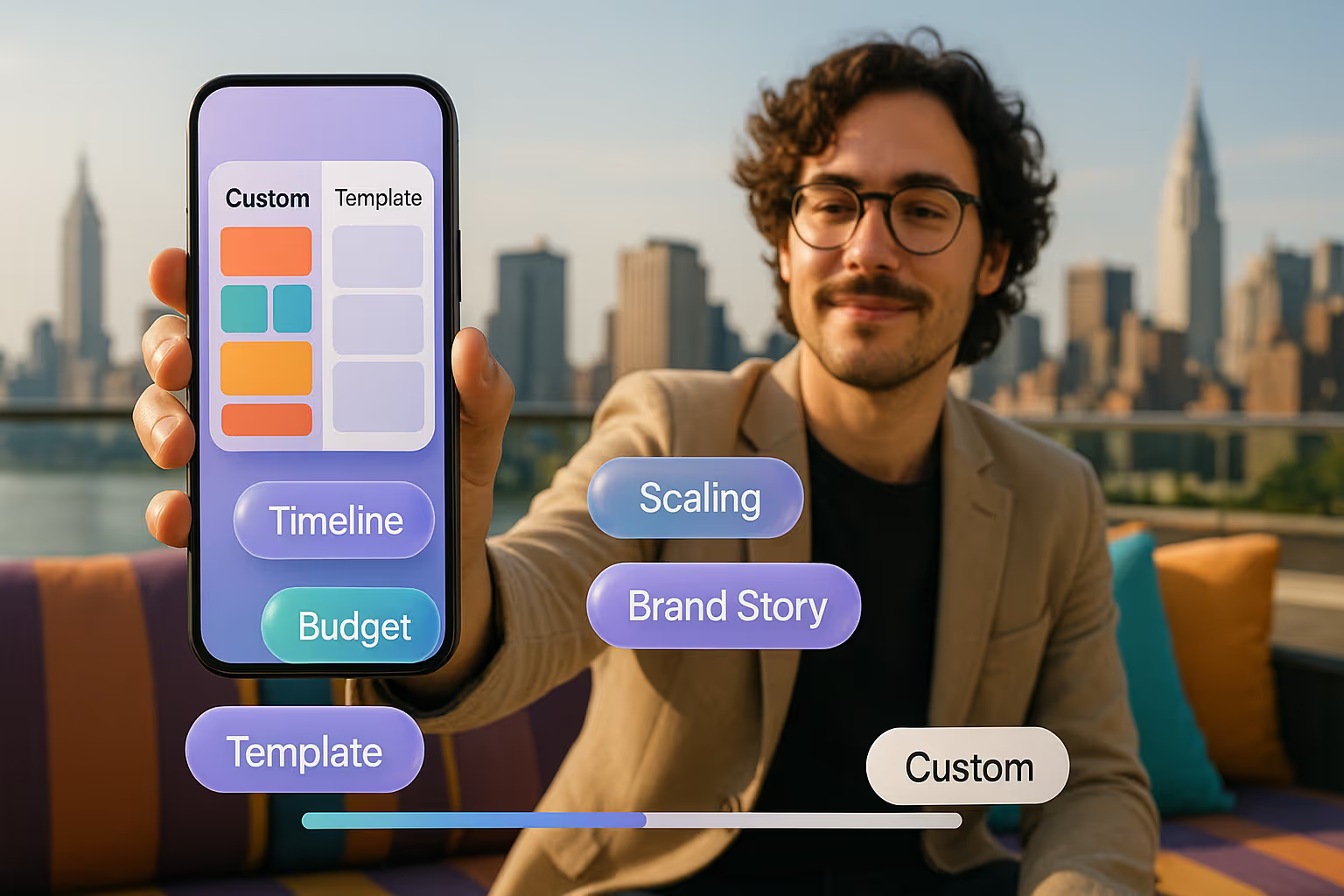
Introduction
Every business today knows one thing for certain — a website defines how the world perceives your brand.
It’s where trust begins, stories unfold, and first impressions turn into decisions.
And yet, building that trust online has become more complicated than ever.
Between rising design costs, endless timelines, and the constant pressure to “look professional,” many businesses find themselves stuck in the same place — knowing they need a great website, but unsure how to get there.
That’s where the question begins:
Should you invest in a custom website, crafted entirely around your brand identity and goals?
Or choose a template-based design, quick to launch and budget-friendly, yet still capable of looking polished and modern?
Most guides will try to convince you that one side is superior — that “custom equals quality” or “templates are smarter and faster.”
But the truth is far more nuanced.
At Eloqwnt, we’ve seen both sides up close — from building fully tailored digital experiences for global brands to developing Superdesign, our library of pre-made, industry-specific templates for startups and growing businesses.
And we’ve learned this: the best choice depends entirely on your goals, your stage of growth, and how you define success.
So this isn’t another “pick a side” debate. It’s a practical, human-centered guide that breaks down what each path really offers — so you can make a decision grounded in strategy, not assumption.
Let’s take a closer look — and figure out which website solution makes the smartest investment for you!
What Is a Custom Website Design?
A custom website design is a completely tailored digital experience — every layout, animation, and user journey intentionally built around your brand’s strategy and story.
It begins with a blank canvas, shaped by how your audience moves, what they value, and how your business grows.
More than a visual statement, a custom website becomes an active extension of your brand — a tool for connection, credibility, and performance.
This path suits brands that:
- Have a strong or evolving identity and want their site to capture that depth.
- Need complex functionality or integrations that standard templates can’t easily handle.
- View their website as a living ecosystem, not just a digital brochure — something that scales as they do.
Advantages
✔️ Fully tailored experience — every detail, from typography to navigation flow, reflects your brand DNA.
✔️ Scalable and future-ready — built with growth in mind, ready to expand as your business evolves.
✔️ Enhanced credibility and storytelling — your website becomes an authentic expression of who you are.
Limitations
⚠️ Longer timelines — expect months of collaboration, not weeks.
⚠️ Higher investment — every element is designed, tested, and refined for your specific goals.
⚠️ Requires clear direction and strategy — success depends on strong communication and shared vision.
At Eloqwnt, many of our branding, web design, and development clients choose this path when they’re ready to evolve from “just another website” into a digital experience that communicates their full purpose.
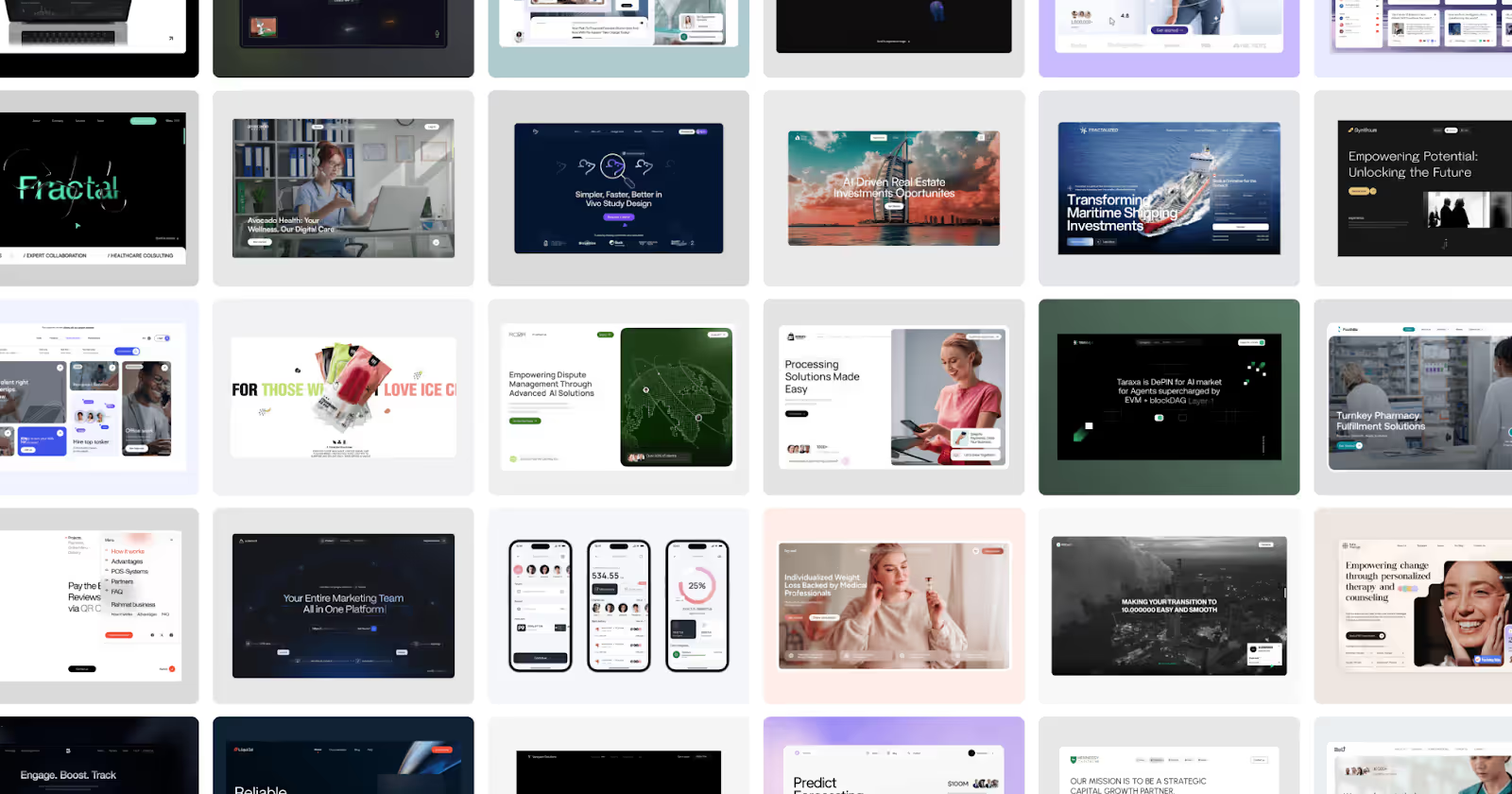
We build custom systems that grow with the brand — from patient trust platforms in healthcare, to immersive digital ecosystems for tech innovators, lifestyle ventures, and creative startups.
It’s a slower journey, yes — but one that yields lasting equity: credibility, consistency, and connection that template solutions rarely sustain.
What Is Template Website Design?
A template website design is built on a pre-designed structure — a professional framework you can personalize with your own content, imagery, and brand identity.
It’s an efficient way to launch a site that looks refined and reliable without designing everything from scratch.
Templates once carried a “cookie-cutter” reputation. But that perception doesn’t quite hold up anymore.
Modern platforms like Webflow, Shopify, and Squarespace have redefined what templates can be — offering flexible frameworks that balance structure with creative freedom. In the hands of a good designer, even a pre-built system can feel entirely unique.
Templates make sense when:
- You need to launch quickly — ideal for startups validating ideas or small businesses testing new markets.
- You have a clear brand direction but limited time or resources.
- You value speed, structure, and simplicity over deep customization.
Advantages
✔️ Lower upfront cost — predictable and accessible for smaller teams.
✔️ Faster turnaround — you can launch in days instead of months.
✔️ Easier to maintain — no heavy technical upkeep required.
Limitations
⚠️ Limited flexibility — deep customization can be challenging within a fixed framework.
⚠️ Can feel standardized — especially if visuals aren’t tailored enough.
⚠️ Scaling issues — templates can struggle to keep up with complex, growing brands.
But here’s the thing — we can’t leave the conversation at “pros and cons.”
Because a template is only as limiting as the way it’s shaped.
A pre-built framework can still carry clarity, depth, and intention — but that depends entirely on who’s behind it.
Not all template-based solutions are created equal. The difference lies in how thoughtfully the structure is adapted — in the choices of typography, rhythm, spacing, and visual hierarchy that turn something functional into something distinctly branded.
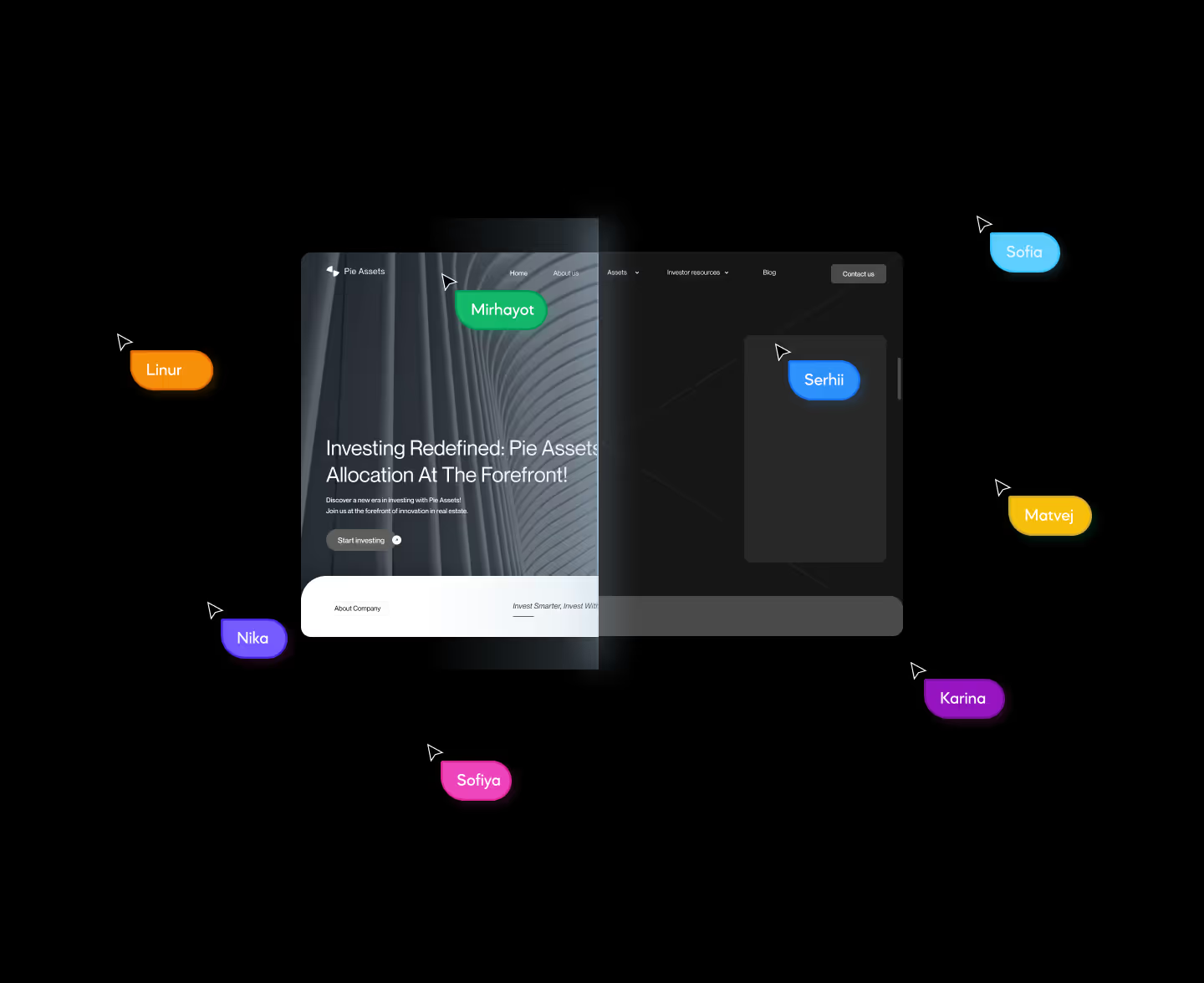
So the question becomes less about “which is better” and more about which is smarter for where your brand is right now.
Custom Website Design vs Template — The Detailed Comparison
Before you decide which path to take, it helps to understand what truly separates a custom-built website from a template-based one.
Here’s the detailed comparison:
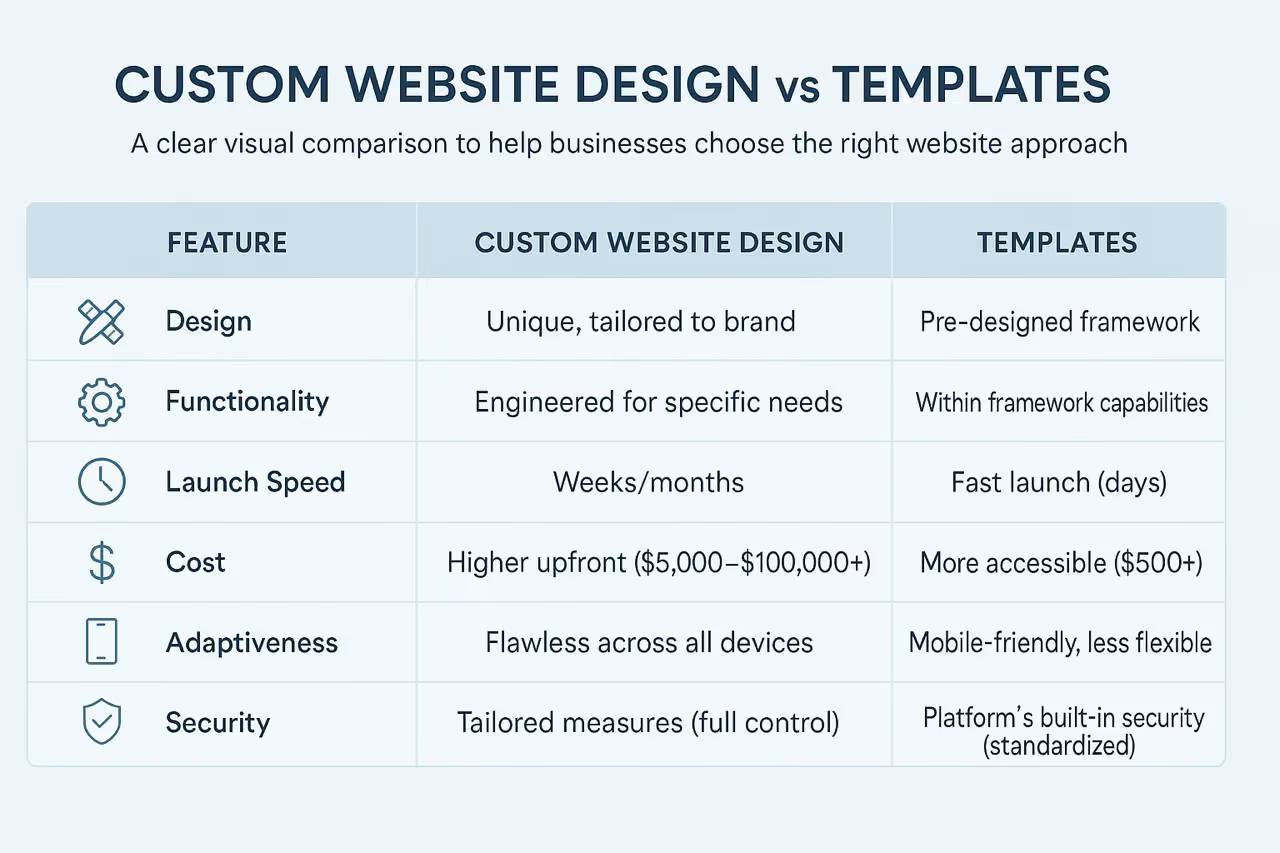
1. Design
Custom website design → Every design choice — from the layout and typography to animation and motion rhythm — is carefully crafted to reflect the brand’s tone, strategy, and story. It becomes a mirror of how your business communicates, not just how it looks.
Templates → Built on a pre-designed framework that you can personalize with your own visuals and copy. It delivers a professional finish, though the overall structure and visual language tend to follow familiar patterns.
2. Functionality
Custom website design → Engineered to meet specific business needs — from complex dashboards and dynamic animations to advanced integrations and automated workflows. Every function is purposeful, designed to enhance how your brand operates and how users experience it.
Templates → Operate within the framework’s built-in capabilities. You can adjust content and visuals freely, but adding deeper functionality often depends on third-party plugins or limited platform extensions. They’re efficient for standard needs, yet less adaptable for unique or evolving systems.
3. Launch Speed
Custom website design → Involves a thoughtful, multi-phase process — from brand discovery and UX research to design, development, and testing. It takes time, often several weeks or months, but the result is a refined platform built for long-term performance and adaptability as your business evolves.
Templates → Perfect for brands that need to move fast. You can launch in days rather than months, making it ideal for MVPs, early-stage startups, or businesses testing new markets. The structure is already in place — all that’s needed is strategic customization to align it with your brand’s story and goals.
4. Cost
Custom website design → Requires a higher upfront investment, typically ranging from $5,000 to $10,000+, depending on the project’s scope, integrations, and depth of customization. But it pays off — every feature is tailored to your brand, turning your site into a true business asset with measurable ROI.
Templates → A more accessible starting point, typically around $500 for a basic DIY setup. You’re paying for efficiency — a solid pre-built framework you can make your own with visuals, copy, and brand touches.
For brands wanting even more cost-effective options without losing credibility, the Superdesign library starts at $120, with professionally structured templates tailored to your industry — ready to launch fast and look polished from day one.
5. Adaptiveness
Custom website design → Designed to work flawlessly across all devices, from desktops to smartphones. Layouts, fonts, and interactions are optimized for smooth UX, consistent performance, and accessibility.
Templates → Mobile-friendly by default, though some customizations may require tweaks to maintain perfect responsiveness and flow. Accessibility features are usually standard but less flexible.
6. Security
Custom website design → Security measures are tailored to your site, including hosting choices, SSL, firewalls, and access controls. You control every layer of protection.
Templates → Depends on the platform’s built-in security (Shopify, Webflow, etc.), which is strong and updated automatically but standardized for all users.
How to Decide Between Custom Web Design and a Template
Not every website serves the same purpose. Some are strategic brand engines, while others are functional information hubs. Choosing the right approach — custom design or template — depends on your business goals, audience, and growth plans.
Here’s an expert step-by-step framework:
Step 1 — Define the Role of Your Website
Start with clarity. Before debating design options, identify why your website exists and what single goal defines its success.
Your website’s role might be to:
- Generate qualified leads for your business
- Build trust and credibility within your industry
- Convert visitors into paying customers
- Educate or onboard users through valuable content
- Establish your company’s digital presence through a corporate website
Try this mini-exercise:
- Write one sentence that defines your website’s main purpose.
- Set one measurable KPI — for example, “50 leads per month” or “20% trial-to-paid conversion.”
- Identify who owns that KPI internally: marketing, sales, or leadership.
This clarity helps you decide whether you need the adaptability of a custom design or the efficiency of a template.
Ask yourself:
- What’s the main action I want users to take?
- What would success look like in 90 days?
If your goals involve tailored experiences or complex user flows → Custom Design: every interaction, animation, and page layout can be shaped around your specific objectives.
If your needs are straightforward and time-sensitive → Template: pre-built structures handle core functionality efficiently, letting you launch quickly and cost-effectively.
Step 2 — Analyze Your Audience’s Expectations
Your design decision should start with who you’re designing for, not just what you like visually.
Quick persona snapshot:
- Name & role: Who are they?
- Device habits: Where do they browse?
- Friction point: What stops them from acting?
Audience insight checklist:
• Identify your top 3 audience segments — who they are, what they value, and what problems they want solved.
• Note which devices they use most (mobile, desktop, tablet) — insights you can uncover through a UX audit or simple market research, even before your site is live.
• Pinpoint one major trust signal they expect — certifications, pricing clarity, or testimonials.
If your audience expects high credibility (e.g., healthcare, legal, or tech sectors), a custom design is often worth it. A template can still work — but only if it’s adapted thoughtfully to match their expectations.
Step 3 — Assess Growth and Future Needs
Think beyond launch day. Your choice should align with how you plan to evolve.
Consider these future factors:
- Scalability — Will your content or product library expand?
- Integrations — Do you plan to add CRM, booking systems, or APIs?
- User experience — Will you need custom dashboards or login portals?
- Localization — Will the site support multiple languages?
- Analytics — How deep do you want data tracking to go?
If you checked several boxes above, a custom site will give you more flexibility for future growth. If only one or two apply, a template (with room to scale later) might be the smarter investment.
Step 4 — Weigh Control, Security, and Maintenance
We’ve already covered the core differences between custom and template websites.
Now, when making a choice, consider these factors based on your business priorities:
1. Control
- Full flexibility for unique layouts, interactions, or functionality → Custom
- Ready-made structures that are simpler to manage → Template
2. Security
- Sensitive data or regulated industries → Custom provides tailored protection
- Standard business operations → Template offers built-in security with minimal setup
3. Maintenance
- Ongoing developer support or agency partnership → Custom is ideal
- Minimal upkeep and predictable updates → Template keeps management simple
Step 5 — Consider Cost in Context
Cost shouldn’t just be compared in dollar signs — it should be tied to performance and ROI calculation, helping you understand what return your website actually generates.
Smart way to evaluate ROI for web design:
- Estimate how much one new client or conversion is worth.
- Forecast how many conversions you need to cover the design cost.
- Add recurring costs (hosting, maintenance, updates).
- Compare that to the potential return over 6–12 months.
Simple takeaway:
- Choose a template if speed-to-market and budget are top priorities.
- Choose a custom build if differentiation, integration, or long-term scale matter more.
Related Reading
If you’re in the middle of deciding what your next website should be — or simply exploring how design impacts performance — these reads can help you go deeper before you make the call:
• Choosing the Right Partner Matters. Learn what separates a reliable agency from a risky one — How to Choose a Trustworthy Web Design Agency.
• Landing Page Pitfalls. Identify common issues that quietly hurt conversions and how to fix them — Landing Page Mistakes.
• Design for Speed and Performance. Discover how top brands balance aesthetics and functionality — Top Webflow Trends for Website Performance.
• Looking Ahead. Explore the trends shaping digital experiences in 2025 and beyond — Future Trends in Website Design.
Once you’re ready to turn strategy into action, we’d love to help!
We craft websites that align with your brand, engage your audience, and deliver measurable results.
Contact us — or see our full range of services →





